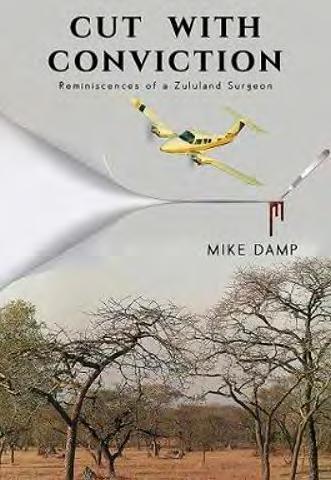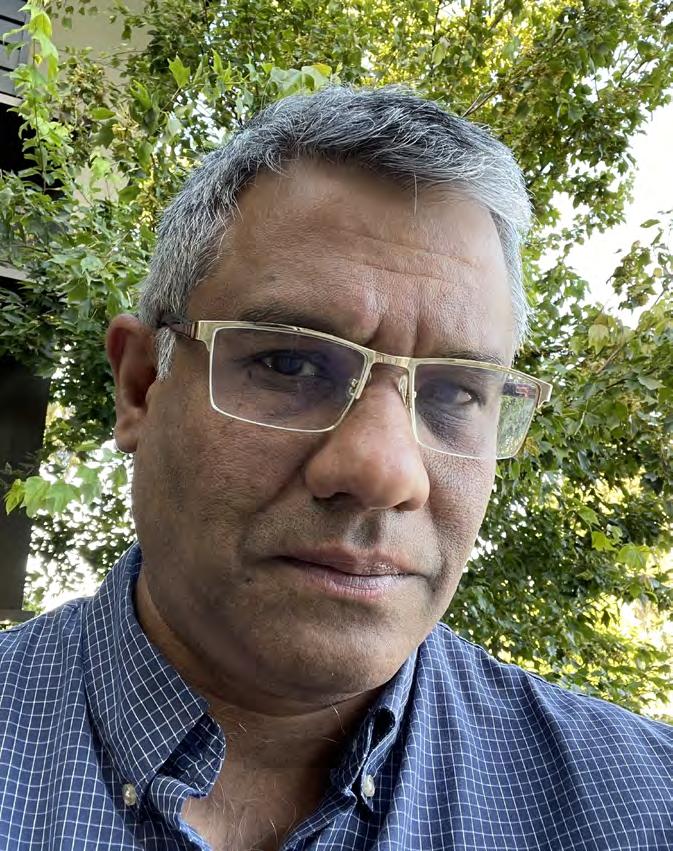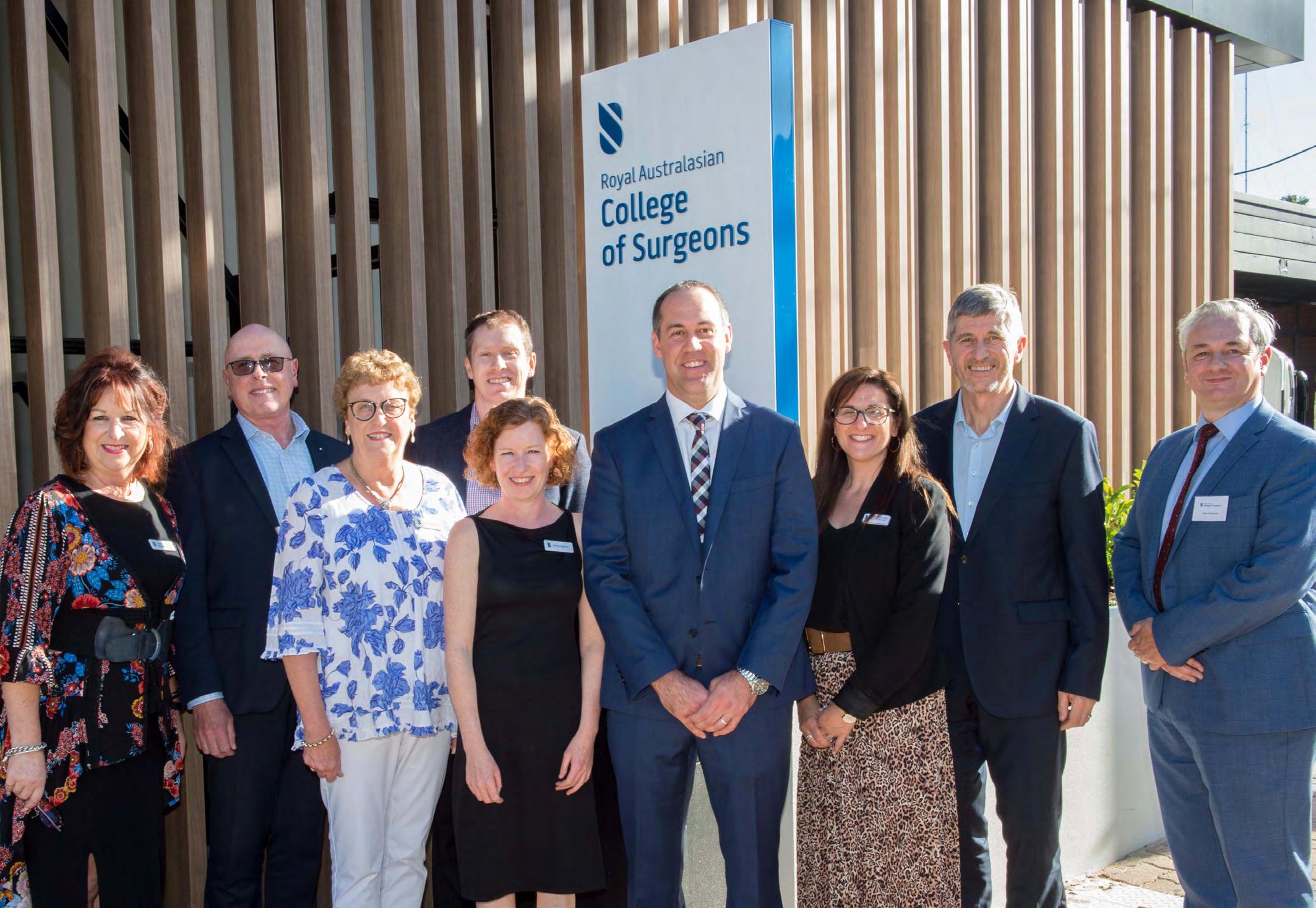44
The surgeons of Vanity Fair
Sir William Arbuthnot Lane (1856-1943) Surgical innovator: health educator Bt. C.B. MB BS (London) FRCSMS Hon. FACS Sir William Arbuthnot Lane appeared in Vanity Fair on 31 May 1913, with the magazine noting, ‘in these days it is well to note that Mr Lane comes honestly by his honours. He is the eldest son of a Brigade-Surgeon for one thing. He is known as the great exponent of the operative treatment of fracture by plating for another. ‘Great as is Mr Lane’s prestige among the Britishers, he is even perhaps as well known in America. These strange people admire his type of surgery. It is so skilful and wise and daring. It is “like the pies Mother made.”’
William Arbuthnot Lane was born on 4 July 1856 at Fort George, near Inverness, Scotland, the eldest of the three sons and four daughters of Benjamin Lane, assistant surgeon, 80th Regiment of Foot. His family always called him Willie, and thus the title of his Vanity Fair portrait was provided. As the family followed its army regiment, young William attended schools in eight countries on four continents before he was sent to school at Stanley House, Bridge of Allan, in Scotland. He matriculated at Edinburgh University and then decided to follow his forebears in the study of medicine. His father, being then stationed at Woolwich, entered William as a student at Guy’s Hospital in October 1872. The hospital, which was close to London Bridge Station, allowed for easy commuting. This was the beginning of Lane’s long association with Guy’s Hospital: his earlier ambition to be a physician was replaced with surgery as he was more likely to find a vacancy sooner on the surgical rather than the medical side at Guy’s. He qualified as a Member of the Royal College of Surgeons (RCS) in 1877. Lane was then advised to take a London degree, which involved retracing his steps, beginning with matriculation. He did well, gaining the gold medal in Anatomy at the intermediate examination and the Gold Medal in Medicine at the final examination in 1881. The following year, he became a Fellow of the RCS and in 1883 proceeded to his M.S. He was then appointed assistant surgeon to the Hospital for Sick Children, Great Ormond Street, and five years later, at 32, was elected assistant surgeon to Guy’s Hospital. He worked there until he retired in 1920. Lane’s appointment to Guy’s was preceded by six years there as a demonstrator of Anatomy, where he revealed his skills of observation,
initially with skeletal changes resulting from occupations – changes in bones, cartilages and joints due to occupational posture, pressure, and strain. He subsequently wrote papers on ‘The anatomy of the charwoman’ and ‘The anatomy of the shoemaker’. Lane preferred to work with his own methods rather than accept standard practice. It was in 1883 that he began writing on fractures and he concluded in the early 1890s that splints were likely to produce permanent injury and that for intractable fractures open reduction with rigid fixation was necessary. Lane began operating on fractures from 1892, insisting on the most scrupulous asepsis. He introduced the ‘no touch’ technique, thus pioneering aseptic surgery and advancing beyond antiseptic surgery. He introduced sterile caps, masks and gowns in 1900, collaborating with Down Brothers to design instruments for this new form of surgery, in which no part of an instrument that entered the wound was to make contact with the surgeon’s hand. Accused of turning simple fractures into compound, Lane insisted that the surgeon do as neat a job ‘when repairing broken bones as a cabinet maker mending the legs of broken chairs’. The frontispiece of his surgical text, published in 1913, reveals the incredible breadth of Lane’s surgical procedures: he improved whatever he touched. His innovations included the removal of a portion of a rib when treating empyema in a child, an operation for cleft palate early in life, and plating fractured long bones to obtain perfect apposition. Lane exhibited imperturbable calm at any difficulties encountered during operations. He fascinated his assistants with his extraordinary dexterity and became renowned on both sides of the Atlantic as the only surgeon the Americans travelled to visit in London. He operated on socialites, politicians, and royalty – the latter inevitably leading to his baronetcy in 1913. Lane joined the Royal Army Medical Corps on its formation and, during the war of 1914-18, organised the Queen’s Hospital at Sidcup for the treatment of facial injuries, where Harold Gillies and Henry Tonks laid the foundations of modern plastic surgery. For this Lane




























